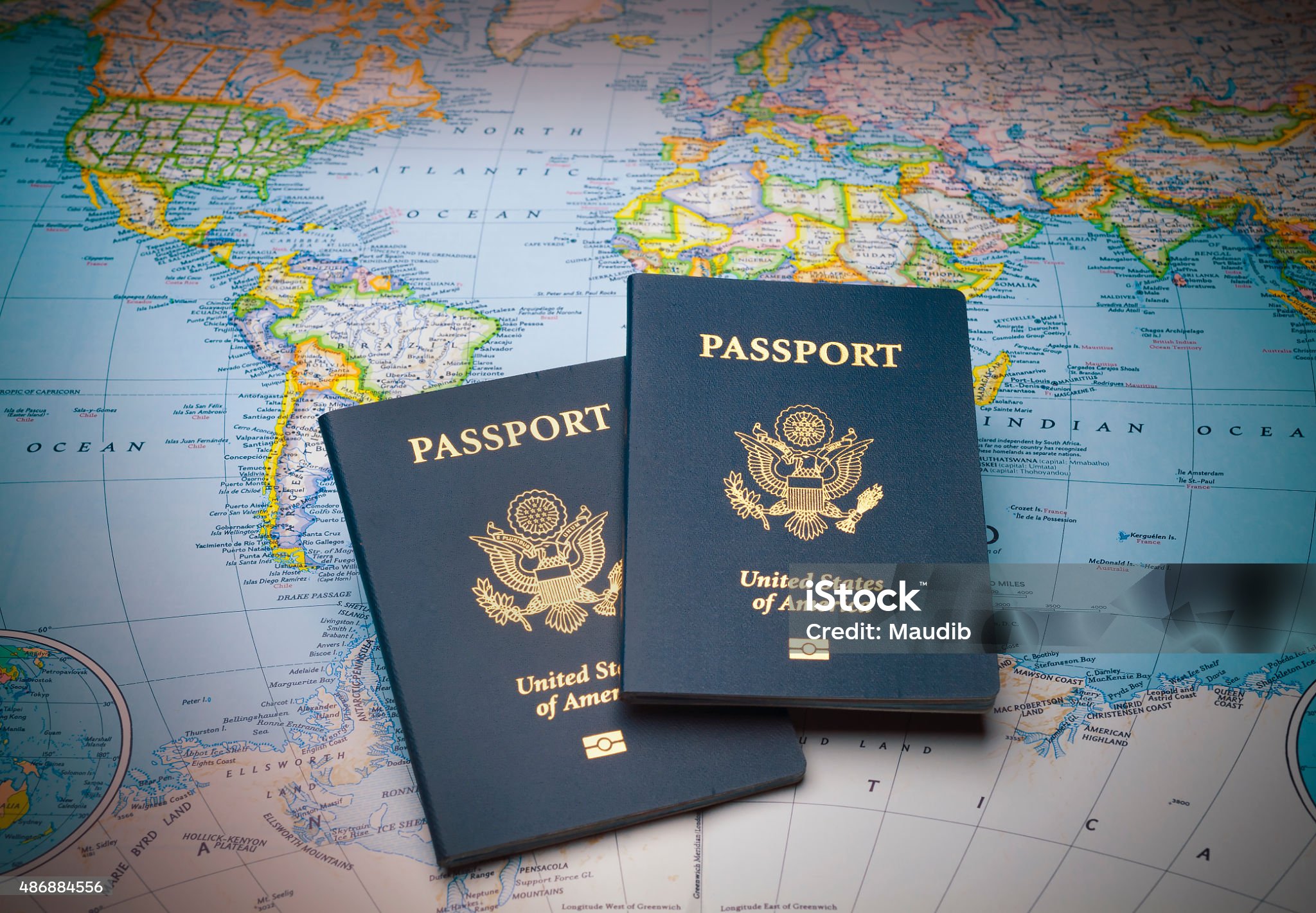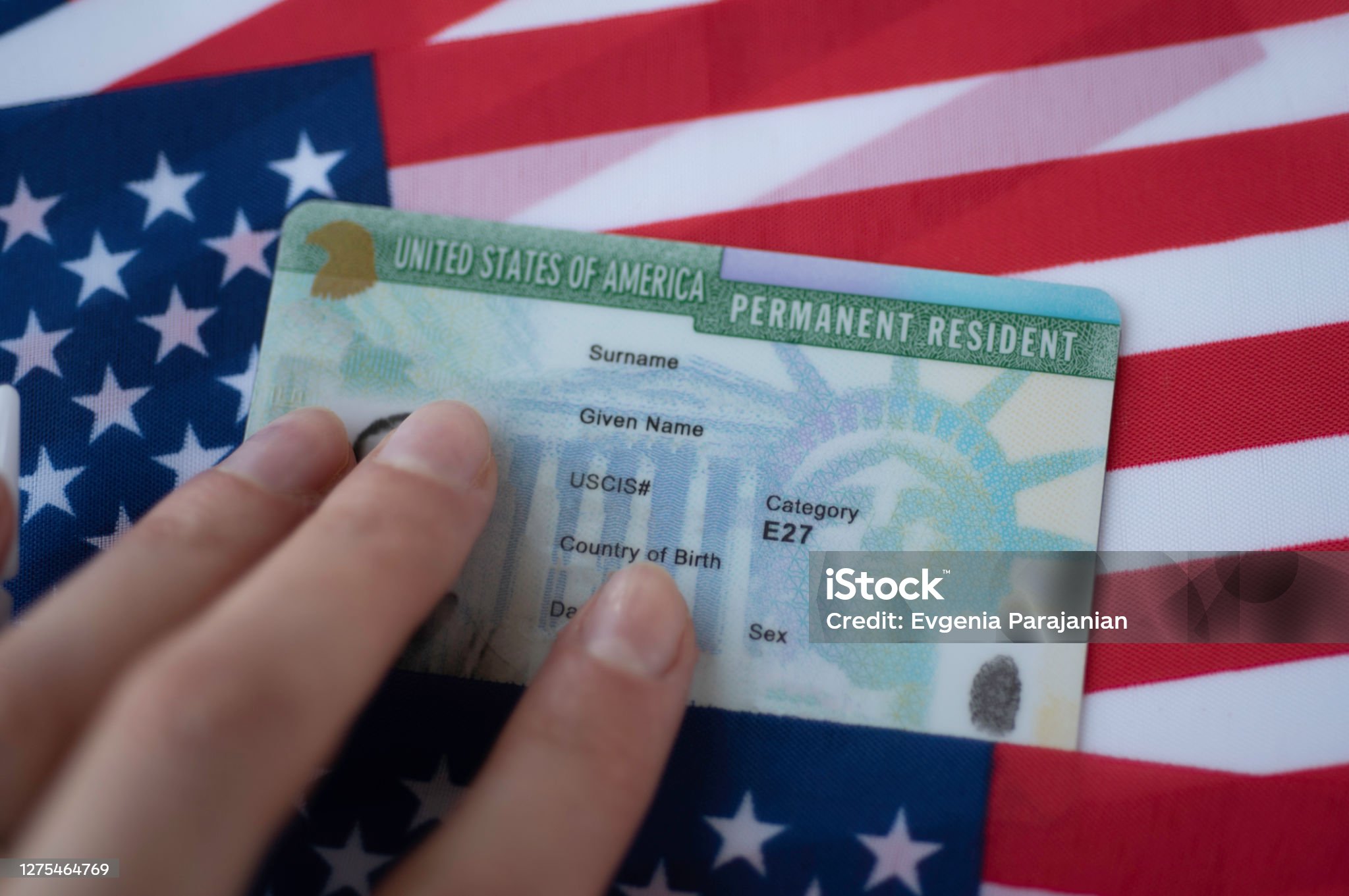
1. Introduction to Personal Identification Documents
Personal identification documents hold great importance from both personal and social perspectives. Serving as "permissions" and "access tools," these documents ensure smooth societal operations. Various types of identification documents exist, each representing a distinct aspect or purpose. Take, for instance, a copyright, which confirms an individual's legal ability to drive, and a copyright, which acts as proof of citizenship and permits border crossings. Such documents hold significant personal importance and are essential when handling contracts, such as for employment, services, insurance, or rentals. Often, financial institutions might require access to these forms of identification when dealing with borrowers who seem unreliable or possess weak credit backgrounds. These documents not only serve as clear proof of identity but also as authorization for a person to fund or operate within the law.

Historically, identification documents did not hold as much importance in daily affairs as they do today. Their significance has increased over time due to shifts in legal and security frameworks. Technological advancements have permitted the development of security systems that far exceed the ID technologies currently available to consumers. Numerous nations are transitioning to biometric-based standards for national IDs. A few countries have implemented electronic exit strategies.
Personal identification documents act as formal proof of legal status. The "real identification" recognized documents worldwide include passports, copyright, copyright, and driver's licenses, at both global and national scales. Many people store their identification documents securely under lock and key and ensure quick access to them when required.
This discussion addresses the legitimacy and importance of certain documents such as IDP, Real ID, copyright, copyright, copyright, and resident permits to increase awareness of their relevance. Both educators and the public ought to be aware of these key identification papers, as this information could prove valuable in safeguarding or recovering lost documents. This information is provided for both local and international audiences to make sure they have the most important documents for their needs and understanding.
2. Legal Framework and Regulations Governing Identification Documents

The governance of identification documents is subject to varying laws and regulations across different jurisdictions. Documents are issued directly to individuals by an issuing authority and under specific guidelines and rules intended to keep the integrity and accuracy of the document. In some cases, identification documents are compulsory, while in other cases they serve as forms of verification or validation. It is the responsibility of the individual to comply with the legal guidelines set by the jurisdiction where the document is to be used. In conclusion, individuals should familiarize themselves with the local legal requirements in any jurisdiction where they intend to use such documents or perform transactions. For the most part, state or local government agencies are responsible for issuing, regulating, and limiting specific documents for designated transactions.
The varying requirements of each jurisdiction and reasons for identification documents, may clash with the necessity for international travel and business operations. Thus, it is a widespread issue when travelers struggle with unfamiliar identification regulations across countries. While it is impractical to list the identification rules for every country here, it is crucial to recognize that with almost 200 nations and billions of people interacting, understanding the rules is important for global travel and commerce. By not following the rules, individuals may find themselves in conflict with another country’s laws, and that is where the rules of reciprocity and international legality come into play. Failure to comply could cause legal implications, both civil and criminal, by infringing on laws about identity, privacy, commerce, trade, and human rights.
The balancing of public policies with protected rights can be complicated when establishing security standards for identification in travel. In some cases, human rights might clash with security policies requiring the highest levels of identification documentation in the fight against terrorism. Finally, within the last five years, because of the advent and recognition of using digital mobile driver licenses, countries have either clarified their laws on this or started to draft regulations and laws to govern their usage beyond just technology, which is a moving target. Digital identification documents for travel are being considered as the future direction for global travel management. Even with the world moving toward mobile driver licenses, there will still be a need for a copyright, it seems, for some time into the future.

Both the standardization and evolution of digital IDs and mobile driver licenses are progressing as well. Take California as an example: roughly two years after the state passed its mobile copyright legislation, stakeholders are nearing agreement on the formal regulations for California's first mobile copyright.
3. Comparative Study of International Driver’s License, Real ID, copyright, copyright, copyright, and Resident Permit
The International Driver’s License is a document issued for people traveling internationally to drive legally. Neither the United Nations nor the International Non-Governmental Organization ever made the International Driver’s License to facilitate travel within a group of states.
The Real ID, copyright as an identification, would primarily have a function such as being a widely acceptable identification to board domestic flights, and functions alongside state driver’s licenses and ID cards that meet national standards. The Real ID can also be used for entry to federal facilities and nuclear power plants. It is important to note that the Real ID is not designed as a travel document, nor does it serve as a copyright, visa, or residency permit. Even though some individuals could use it overseas for identification or birth date verification, its main function is for domestic travel within the United States.
In the United States, passports are recognized as a primary identification document, unlike other derived forms of ID. A copyright is primarily used as a tool of foreign diplomacy; it was created to safeguard citizens from arrest and assist them in traveling for diplomatic or non-obligatory negotiations. This is the official, often administrative, use. Of course, the copyright can also be used for bureaucratic or private matters. In order to travel abroad, especially across state borders, but in some states inter-regionally, the traveler is required to not only hold a copyright but also fulfill additional conditions.
The copyright is an official document provided at birth, which is necessary to obtain passports and other types of identification. When comparing the two, copyright and passports may seem to have the same general function. However, a copyright has ongoing effects. Additionally, while a copyright is necessary to get a copyright, it never directly leads to acquiring a “second copyright”. A copyright is irrelevant to obtaining a second copyright unless it involves taking on an illegal nationality.
4. Anti-Fraud Mechanisms and Security Features in Identification Documents
Various security features guard against counterfeiting, alteration, tampering, and fraudulent use. Many identification documents utilize features such as holograms, multi-layered images, and laser engravings for enhanced security. Some ID cards also incorporate RFID chips, which store digital images and biometric information to boost security.
A number of these security components remain covert or semi-covert, including elements like special inks, watermarks, or microscopic text. Such security features are designed to make identification documents highly resistant to counterfeiting.

Typically, the security level of an identification document needs to match the trust or authority level it represents. copyright security features, for example, need not be as robust as those on a copyright, since the copyright is used for travel and the copyright is used mainly domestically.
Advances in technology have driven the creation of more advanced security elements for ID documents. It is important to actively promote and adapt new security features and issuance practices whenever possible to stay ahead of potential counterfeiters and fraudsters.
Moreover, it is also important to continually evaluate existing and potential security features and issuance methods. This ensures that they keep pace with the ever-changing threats and advances that could compromise the security of the document.
Furthermore, an effective anti-fraud document security program needs to employ both proactive and reactive strategies. Proactive measures might include training programs, public information efforts, security seminars, and public service announcements.
5. Conclusion and Future Trends in Identification Document Technology
This document provides a global overview of various types of identification documents across different countries. Identification documents must be examined from a technical angle, including security features and verification, as well as from a legal viewpoint concerning their legitimacy in courts.
Research reveals differing views on what makes an identification document effective and how its verification utility can vary by location. Additionally, ethnography could illustrate how varying cultural perspectives influence the concept of an ideal identification document. Comparative work also provides insight into how the legitimacy of identification documents can vary even in countries with similar political, social, and economic systems.
Future trends in identification documents are being transformed by new digital and technological advances. Technology is constantly enhancing the capabilities and security of standard identification documents like eIDs in response to mobile technology adoption. Key developments in this technological shift involve biometrics and blockchain technology as part of secure identification systems.
Biometrics and its “liveness” function will collect the necessary biometric data during the direct correspondence between the person and the enrolling or verification authority, increasing the level of trust in the correct identity, excluding digital diversion of identity. This technology could transcend the scope of basic human rights as defined by international laws and constitutions. Access to this biometric data must be carefully protected and based on the person’s consent.

The spread of digital identity can also lead to issues related to exclusion. Not everyone is able to easily obtain a digital identity. Some already speak of an “identity gap” widened by technology, which creates disparities in access to identity verification needed for participation in various societal sectors.
There is a need for more systematic comparisons between digital identity systems and physical documents. So, apart from verifying identity, digital identity databases also serve to verify risk levels associated with different transactions. There should be more systematic research to see how offline verification rights can be applied in the context of digital identification systems.